
A Comprehensive Guide to Data Exploration
Mar 31, 2025 5 Min Read 3526 Views
(Last Updated)
Are you a beginner in Data Analysis? Are you looking for a comprehensive guide to data exploration? Well, you’ve reached the right place!
In this blog, we will explain everything about data exploration. Starting with its detailed explanation, benefits, use cases, tools and techniques, stages in data exploration and challenges in data exploration. Let’s dive into the world of data exploration!
Table of contents
- What is Data Exploration?
- Benefits of Data Exploration
- Data Exploration Use Cases
- Stages of Data Exploration
- Tools and Techniques in Data Exploration
- Challenges in Data Exploration
- Conclusion
- FAQs
- What is data exploration and why is it important?
- What are the key steps involved in data exploration?
- What tools and libraries are commonly used for data exploration?
What is Data Exploration?
First things first, let’s see what data exploration is.
Data exploration is also known as Exploratory Data Analysis (EDA). It is an initial step in the data analysis process. Data analysts understand the data using EDA before applying any machine learning techniques to predict the results. The primary goal of data exploration includes the following:
- Understanding the characteristics, patterns, trends and relationships of the dataset.
- Uses various visualization techniques to gain insights into the dataset.
- It summarizes the data using statistical methods such as mean, median and standard deviation.
- It checks the quality of data and handles missing or inconsistent values present in the dataset.
Benefits of Data Exploration

Data exploration has various benefits in preparing and collecting the correct data for the machine learning process. Having an inconsistent and irrelevant dataset may affect the accuracy of the model. Let’s see the top benefits of data exploration.
- Data Understanding: Data exploration provides a solid understanding of a dataset before moving to further exploration. It summarizes the dataset using statistical methods.
- Data Quality Check: The most important benefit it provides is a data quality check. It is crucial to check the data quality, as it allows to identify types of data, range of values and presence of missing or unusual values.
- Patterns and Trends: With the help of data visualization, it identifies hidden patterns, correlations and trends in the cleaned dataset. This informs hypothesis generation and guides further processes.
- Feature Selection and Engineering: Data exploration provides insights into which features are most important and relevant for the problem statement beforehand. It helps in building feature-rich predictive models.
Data Exploration Use Cases

Data exploration is used across various domains to identify patterns, make predictions and inform decisions. These are the key use cases of data exploration.
- Fraud Detection: With the help of data exploration to identify irregular patterns or outliers that may be the potential fraudulent activity.
- Sales and Revenue Analysis: By exploring the sales dataset, companies can identify the trends and factors influencing the revenue and make forecasts.
- Patient Health Monitor: Data exploration helps in healthcare datasets for identifying health trends of the patients, helping medical professionals with early diagnosis.
- Product Performance: E-commerce platforms use data exploration to explore the product data to understand which items are performing well and underperforming.
- Demand Forecasting: Supply chain managers use data exploration to identify trends in customer demand that help in better forecasting the demand for production planning.
Now that you have got a better understanding of data exploration, next we will jump right into the stages of data exploration.
Stages of Data Exploration

You have reached the exciting part of the blog. In this section, you will learn the entire stages of data exploration and their purposes in the data analysis process. No more waiting, let’s jump into it!
- Data Collection

The first stage of data exploration is data collection. This step involves gathering data from different sources across the internet. The data can be collected from databases, spreadsheets, APIs, web scraping, sensors, surveys and so on. After collecting data from various sources, make sure to store it in a single database for easy access.
The primary purpose of data collection is to obtain relevant data for the problem statement you choose to solve. Collecting accurate and high-quality data is crucial to building a strong foundation for analysis.
- Understanding of Data

The next stage is understanding of data. Understanding the dataset is crucial for finding the right columns and parameters that are relevant and useful in model building. It involves examining the dataset to understand its structure, types of data, and relationships between variables using statistical methodologies such as mean, median and standard deviation.
The purpose of this stage is to get a clear picture of what the data represents and how it is organized. This stage helps in hypothesis generation. By understanding the dataset, you can determine which data is useful for the analysis and which might need further investigation or modification.
- Data Cleaning and Processing

Once the data is collected, the next stage is to clean and process the collected data. This stage involves identifying and addressing issues such as missing values, incorrect formatting, duplicate records, or inconsistent entries. These issues can be resolved by taking measures such as imputing missing values, removing duplicates and correcting data types.
We cannot be sure that the data is consistent all the time. For that purpose, we have to clean the dataset before proceeding with other steps. The purpose of this stage is to ensure the data is clean, accurate, and consistent.
- Data Transformation

After cleaning and processing the data, the next stage is to transform the data. The data transformation is the process of converting data into a format or a suitable structure for analysis. This includes normalizing the data, scaling numerical data, feature extraction, feature engineering and aggregating data.
The main purpose of data transformation is to prepare the data for effective analysis or machine learning modeling. It makes sure that the data is in the right shape, improving model performance and the quality of insights derived from the data.
- Detect Outliers

Once the data is transformed, the next stage is to detect the outliers. Outlier detection involves identifying data points that deviate significantly from other observations. These outliers may arise due to errors, exceptional conditions, or inherent variability in the data.
The purpose of detecting outliers is to identify data points that may distort statistical analysis or models. Handling outliers appropriately (by removing, correcting, or keeping them) is crucial for maintaining the integrity of your analysis.
- Data Visualization

The last stage is data visualization. Data visualization is the graphical representation of data. It includes creating charts, graphs, histograms, scatter plots, box plots, and other visual tools to represent the data in an understandable way. This helps in revealing patterns, relationships, distributions, and anomalies in the dataset.
The purpose of data visualization is to make the data more accessible and easier to interpret for non-tech people. This stage is essential for communicating insights to stakeholders and for guiding further analysis or hypothesis development. Visualization is also an important step before diving into machine learning model building.
These are the stages present in the data exploration process. Mastering these stages will enhance your data exploration skill. To start with data exploration, enroll in GUVI’s Zen class course “Become a Data Science Professional with IIT-M Pravartak” that not only teaches you everything about data science, but also provides you with hands-on project experience and industry-grade certificate!
Tools and Techniques in Data Exploration

Effective data exploration often relies on powerful tools and libraries that can handle various data formats, perform complex computations, and create insightful visualizations. Here’s an overview of some popular tools and libraries for data exploration:
- Python Libraries: Pandas, NumPy, and Matplotlib are powerful Python libraries for data manipulation, analysis, and visualization.
- R Libraries: dplyr, ggplot2, and tidyr are essential for performing statistical analysis and creating detailed visualizations in data exploration using the R language.
- SQL: It is a fundamental tool used for querying, filtering, and aggregating large datasets stored in relational databases.
- Tableau: Tableau is a data visualization tool that allows users to create interactive, shareable dashboards for uncovering insights.
- Power BI: It is a business analytics tool that enables users to visualize and share insights from data, integrating with various data sources for exploration.
- Jupyter Notebooks: It is a tool used for running code, visualizing results, and documenting the data exploration process in one place.
- Google Colab: It provides a cloud-based Jupyter notebook that allows users to explore data and perform analysis using Python, with free access to GPUs.
- Databricks: It is an integrated analytics platform built on Apache Spark that provides collaborative data exploration and analysis.
- D3.js: It is a JavaScript library that provides interactive data visualizations, deep customization for exploring complex datasets.
- Bokeh: It is a Python visualization library that allows users to create interactive, web-based visualizations for data exploration and sharing insights.
Data exploration is a part of Data Science. To know more about the entire roadmap of Data Science and how EDA makes a big difference. Check out Guvi’s E-Book on Master the Art of Data Science – A Complete Guide. This provides detailed steps to become a data scientist and the necessary resources.
Challenges in Data Exploration
There are some challenges during the data exploration process. Let’s look into some of the challenges.
- It can be difficult to handle and process large amounts of datasets, which requires more powerful tools and infrastructure.
- Dealing with unstructured or semi-structured data can be challenging.
- Visualizing and interpreting specific data can be difficult. This includes images, videos and speech datasets.
- Sometimes handling inconsistent datasets can be a pain point.
- Data interpretation sometimes may lead to biased conclusions. So, it is important to address this issue to avoid biases in data.
- It is a time-consuming and challenging process for massive datasets.
Conclusion
And that’s all you need to know about data exploration. This blog covers everything you need to become an EDA expert. We have seen benefits, challenges, tools and techniques, use cases and stages of EDA. This is the entire guide one needs to follow to achieve the best results.
Remember, the goal of data exploration is not just to understand your data, but to generate actionable insights that can drive real-world impact. As you become more experienced, you’ll develop your own strategies and intuitions for effective data exploration. Stay curious, remain open to new approaches, and always strive to tell the story your data is trying to convey. Drop your questions and thoughts below in the comments.
FAQs
Data exploration is the initial phase of data analysis where analysts examine the dataset to understand its main characteristics, often with visual methods. It’s important because:
1. It helps identify patterns, trends, and anomalies in the data.
2. It provides insights for hypothesis generation and further analysis.
3. It ensures data quality by detecting errors and inconsistencies early in the analysis process.
The key steps involved in data exploration include:
1. Collecting and importing data
2. Cleaning and preprocessing: Handling missing values, removing duplicates, and transforming data into a suitable format.
3. Descriptive statistics: Calculating summary statistics to understand data distribution and variability.
4. Data visualization: Creating visual representations like histograms, scatter plots, and heat maps to identify patterns and relationships.
5. Exploring multivariate data: Analyzing relationships between multiple variables using techniques like PCA and correlation analysis.
Several tools and libraries are commonly used for data exploration:
1. Python libraries: Pandas for data manipulation, NumPy for numerical operations, Matplotlib, and Seaborn for visualization.
2. R packages: tidyverse for data manipulation and visualization, ggplot2 for creating detailed plots, and dplyr for data transformation.
3. Specialized tools: Tableau and Power BI for interactive data visualization, and KNIME for data analytics and reporting.















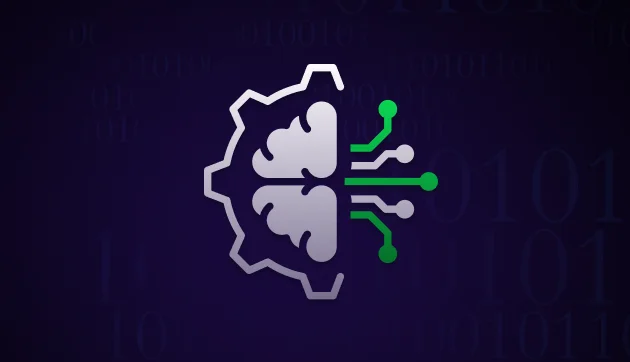
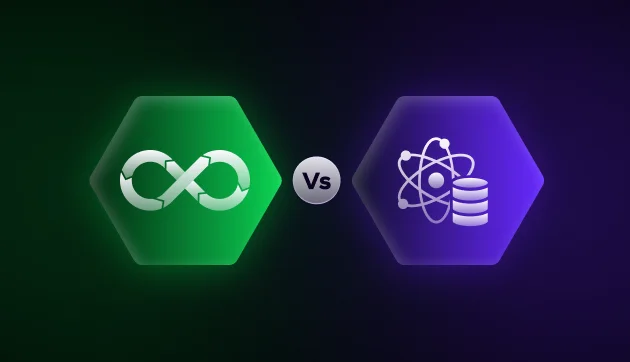
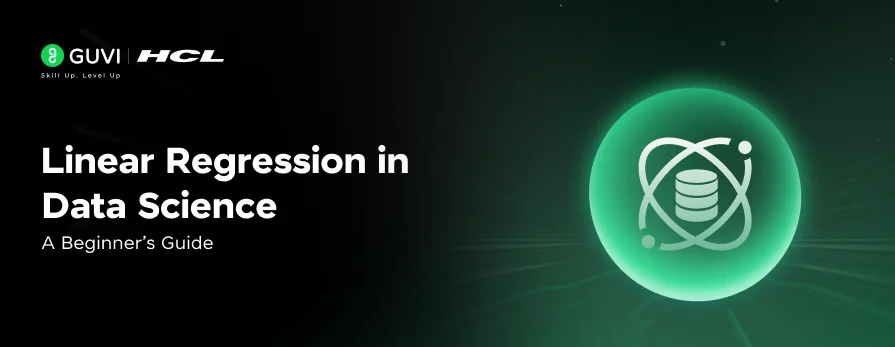
![What is the Difference Between BI and Data Science? [2025 Beginner's Guide] 13 difference between bi and data science](https://www.guvi.in/blog/wp-content/uploads/2025/06/Difference-Between-BI-and-Data-Science_.png)
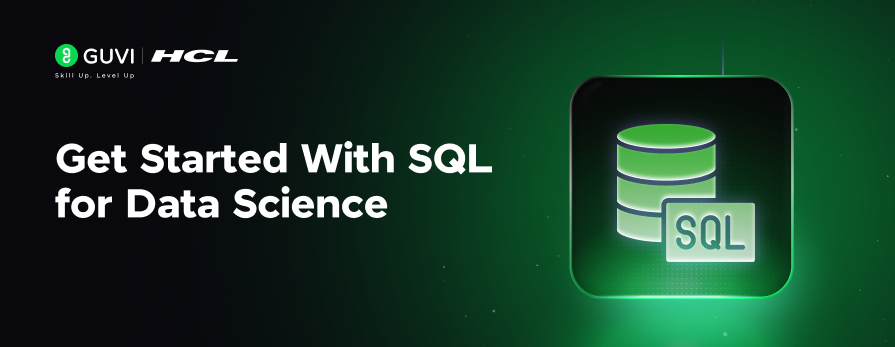
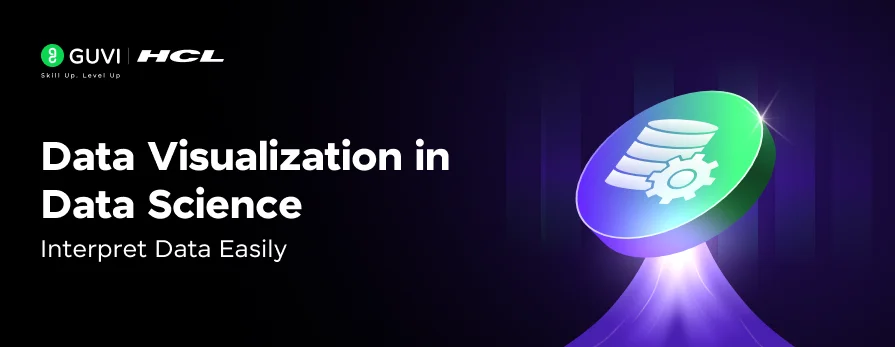
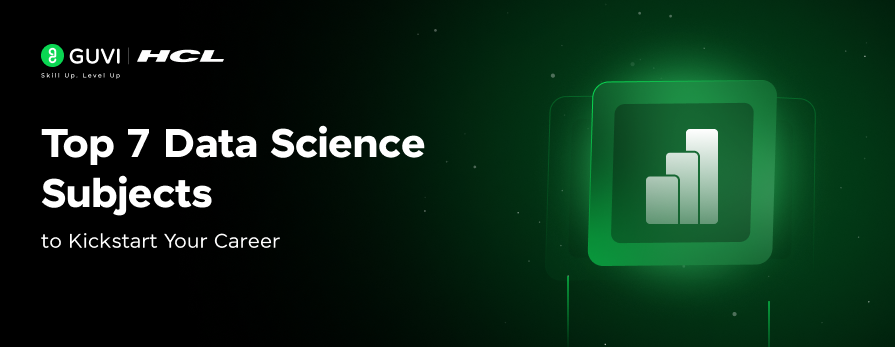
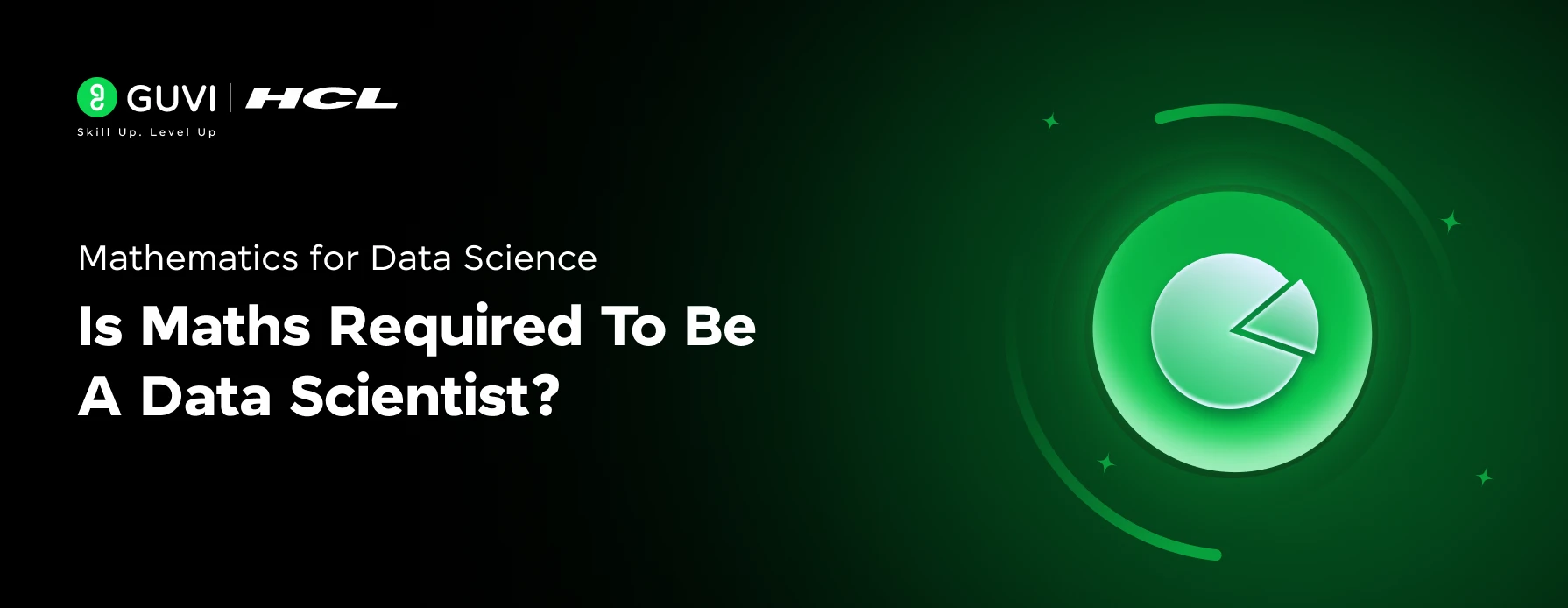
![Types of Data Science Explained: A Simple Guide for Complete Beginners [2025] 18 types of data science](https://www.guvi.in/blog/wp-content/uploads/2025/06/Types-of-Data-Science-Explained_-A-Simple-Guide-for-Complete-Beginners.png)

Did you enjoy this article?